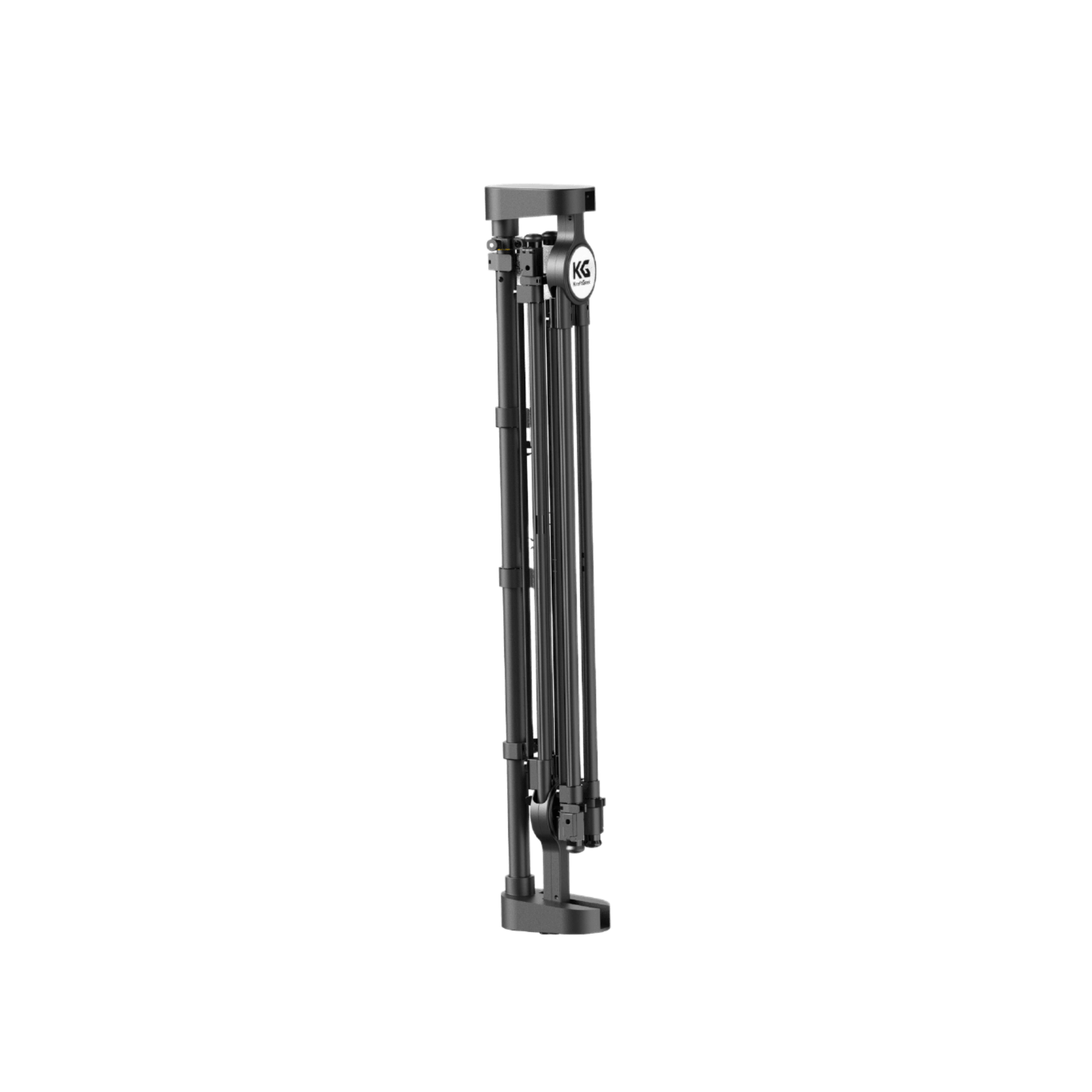The art of painting on canvas has gone a long way over time since it was first introduced during the splendid Italian Renaissance. Painting has always been an efficient way of expressing emotions, transmitting tales, and materializing ideas. So it is from the iconic masterpieces hanging on museum walls and the personal expressions of artists all over the world that the canvas has expressed itself.
Canvas Types, Materials, and Preparation
Canvas is said to be the backbone of painters because it has the characteristics to be the best among the list of surfaces that have survived over time. Its importance in the ancient painting is to be noted, which is accompanied by a long run back to the days when the Italian Renaissance was in its golden days.

The choice of canvas as the supporting surface allows artists to combine an enduring yet foundation substrate so they can freely express their ideas.
Different Types of Canvas Materials
- Cotton Canvas
- Offers flexibility and durability, making it suitable for a wide range of artistic endeavors.
- Primed with acrylic primer, cotton canvas provides a smooth surface for painting and ensures longevity.
- Linen Canvas
- Boasts superior durability and longevity compared to cotton.
- Made from flax fibers, linen canvas offers a rigid surface that resists warping over time.
- Often primed with oil-based primers, linen canvas is favored by professional artists for its exceptional quality and archival properties.
- Canvas Board
- Provides a convenient alternative for artists seeking a more portable and economical option.
- Typically made of primed cotton canvas stretched over fiberboard.
- Offers a flat and sturdy surface for painting, ideal for practice pieces and studies.
Preparing Your Canvas for Painting
A reliable easel stand will be among the foundations you should work on for the support of your artwork to lie perfectly. The easel is a platform where the canvas is positioned for great ease throughout painting while you work.
Essential Steps Before You Paint
Canvas priming is also known as gessoing. This is a method of applying one or several layers of material onto the canvas with the purpose of achieving better paint adhesiveness, making the canvas less absorbent, and providing the piece with greater durability.
Difference Between Pre-Primed and Unprimed Canvases
Pre-Primed Canvases
- Pre-primed canvases come with a ready-to-use coating of gesso applied by the manufacturer.
- Convenient option for artists who prefer to skip the priming process or want to start painting immediately.
- Offers a consistent and uniform surface, suitable for most painting techniques.
- Available in various sizes and thicknesses to suit different preferences and projects.
Unprimed Canvases
- Unprimed canvases lack a preparatory layer of gesso and require priming before use.
- Ideal for artists who prefer to customize the priming process or want more control over the surface texture.
- Allows for experimentation with different types of gesso and priming techniques to achieve desired results.
- Offers flexibility in adjusting the thickness and texture of the priming layer to suit specific painting styles or preferences.
Step-by-Step Instructions for Priming a Canvas at Home Using Acrylic Gesso
- Make sure to work in a clean and well-ventilated space by first setting up your materials for the painting.
- Place your canvas on a firm easel stand or on even a flat surface, to be sure that it is level and safe.
- Gather your materials: gesso, brushes, rollers, pallet knife or spatula, etc.
- Mix and stir gesso very well to avoid the formation of blobs.
- Dip the paintbrush or foam roller into the gesso and spread the gesso all over the canvas in a consistent manner.
- Paint along the length of the canvas and succeed each stroke from the previous one.
- First, apply gesso and let it dry completely based on what the manufacturer indicates on the package.
- For an even smoother or denser surface, put down more of the coat with the choice to add two additional coats of gesso.
- Sand very lightly between the coats with fine-grit sandpaper to eliminate roughness or brushwork that might appear.
- After you have allowed the last coat of gesso to dry completely, sand the surface of your canvas with fine-grit sandpaper.
Choosing the Right Brushes

The selection of brushes is one of the huge elements in painting on canvas for fresh hands because they basically define the quality of the final painting. Having knowledge of the specific features of various brush types will let you master the painting technique and look you want with confidence and accuracy.
Round Brushes
- Available in various sizes, with smaller rounds for precision work and larger rounds for broader strokes.
Flat Brushes
- Feature a straight edge, making them perfect for creating sharp lines, blocking in large areas, and applying washes.
- Offer good coverage and are commonly used for background painting and blending.
Filbert Brushes
- Combine the characteristics of round and flat brushes, featuring a rounded tip with a flat edge.
- Useful for blending, shading, and creating soft edges, as well as painting curved or rounded shapes.
Fan Brushes
- Feature a spread-out arrangement of bristles, resembling a fan shape.
- Ideal for creating texture, blending colors, and adding foliage or grassy effects.
Detail Brushes
- Have a pointed tip and are designed for intricate work and fine details.
- Perfect for adding highlights, defining edges, and adding small accents to your paintings.
Setting Up Your Workspace
Creating a dedicated and organized workspace is essential for unleashing your creativity and maximizing your painting experience. A well-designed painting environment not only enhances comfort and productivity but also fosters inspiration and focus.

1. Choose a Suitable Location
Pick a room with a minimum of protruding objects and enough natural or artificial light that will properly light up your setup and your artwork will be highlighted. Provide adequate ventilation so that people can breathe well and feel relaxed, particularly during the use of paints and solvents. Also, consider the proper disposal of any wastes from such cleanup efforts.
2. Arrange Your Furniture
Set up the easel or paint surface in the hub of the room to facilitate ease of access and accommodate movement. Install a chair or a stool that is perfectly suitable to keep your posture upright and that you can sit in for a long period without getting body aches.
3. Organize Your Supplies
Invest in storage solutions such as shelves, cabinets, or storage bins to keep your painting supplies organized and easily accessible. Group similar items together and label containers for quick identification and retrieval during painting sessions.
4. Set Up Your Painting Station
Place your canvas or painting surface on the easel stand at a comfortable height and angle for painting. Place your brushes, paints, palettes, and other tools near you in order to spend the least time looking for them and maximize efficiency.
Basic Techniques and Tips for Painting on Canvas
Blending
A blending technique involves coloring together very carefully so that transitions are, in effect, almost seamless and smooth. In order to do soft blending, use at least two colors from the palette and start applying them to the canvas using the soft brush.
Apply your brush lightly and softly, to fuse the colors together, and as you go along, gradually fade out the edges, till you get lovely smooth transitions from one color to the other.
Layering
Layering grants more dimensions and depth to your artwork as you add more layers of paint over one another. Start with thin, translucent layers and gradually add more opaque layers as needed.
Utilize lighter hues for the start of your painting and later add darker shades for the shading and highlightin. Allow each layer to dry completely before applying the next layer to prevent smudging or mixing of colors.
Brushwork
The brushwork is what happens when you handle your painting brush in such a way as to make different textures, shapes, and other items in your artwork. Practice with varying brush pressure, angles, and techniques to yield forth the desired effects.
It is advisable for you to use different paint pressures and speeds while you are painting to achieve a more dominant and lively finish. Try all the brushes including round, flat, fan, and filbert brushes, and see which brush works best with which style or subject.
Product Recommendations:
Conclusion
With discipline, practice, and a little bit of genius, you can turn blank spaces into pieces of artwork that will express your personality and thus leave a permanent mark in the world. It does not matter whether you are a starter stepping foot for the first time or a great painter in need of skill improvement, you have to be ready to learn new things and be flexible.









